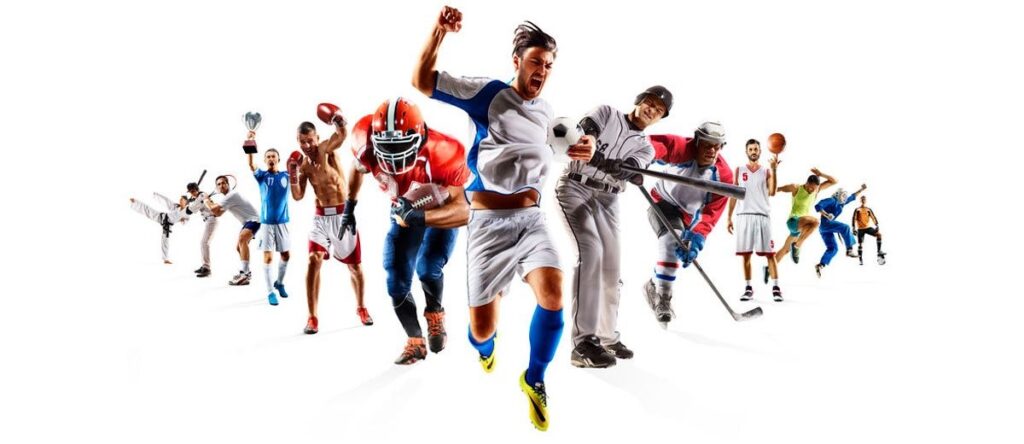
Skills assessment is a recent trend in team sports is to evaluate skill in isolation. While such analyses can be valuable, they are not always representative of competitive expectations. However, simply watching match play may not be the answer, as circumstances such as weather, opponents, game strategy, and playing position make it difficult to evaluate competent performance between players and teams, so that skill assessment in sports is very important.
As a result, depending on the circumstances and the goal of the skill assessment, a continuous of skill assessments may be a better option to investigate.
and now we will go through the 4 key elements to consider when evaluating athletes.
Skills assessment key elements
-
Connecting with athletes and interpreting body language before a session
The skills of connecting with athletes also tells you whether or not they are bought into the program, whether or not they enjoy what they are doing, and how to evaluate and assess the buy in value of your protocols and signals, as well as how to scale the intensity and volume of what you are doing.

-
Maintaining focus on posture, breathing, movement, and foot strike
What does an athlete’s posture look like in terms of hip and spinal engines? What is the diversity of their spinal movement like? What is their breathing pattern like? Is one shoulder more noticeable than the other? How do they lateralize during squatting, hinging, and pressing movements? Are certain portions of the spine stiff or are certain trunk muscles excessively tonic? all of these questions are used to evaluate players skills.
One of the most important movement components that players must pay attention to is patience and mindfulness of movement. What rhythms do athletes naturally choose while moving? What music rates and rhythms tend to place them in the desired rhythm?
-
Understanding when to coach skills and when to let athletes exhibit their natural movement ability.

While working with young athletes, the frequency of coaching, cues, and postures has physical and mental consequences. Youngsters want to improve, but they also want to compete and have fun, as well as feel like they improved throughout the session.
There is a continuum of delayed gratification in results based on age group, but in general, we must never stray too far from the adolescent on the playground in all of us. It merely takes practice to know when to use various skills.
Understanding when to cue and when to just encourage, are great skills that takes time to be improved, but it is one of the most significant, if not the most important, talent in a coach’s large toolkit in many circumstances.
7 Tips to Develop Your Sports Performance and skills

As we already know how to analyze the performance we will show you tips to improve skills to get much better performance
It is recommended that you change up your workout routine every 2-3 weeks. Experiment with various types of exercises. Change up your cardio routine to keep things interesting. Muscle confusion can have incredible repercussions. It will also help you stay motivated and avoid boredom.

Current technology has made it extremely simple to assess your performance. Fitness watches can serve as an information hub by continuously capturing various parameters of your movement. The most advanced equipment can track running distance, heart rate, training reps, and much more. You’ll be able to properly study the data if you transfer it to your computer, tablet, or smartphone.
-
Prioritize proper hydration.
Emphasizing the importance of hydration cannot be overstated, especially during your rigorous training sessions. Experts suggest that a steady intake of water, ranging between 20 and 40 ounces per hour, is crucial for maintaining optimal bodily functions. But it’s not just during exercise that your hydration levels matter. Ensuring that you are well-hydrated before you begin your workout primes your body for the intense activity ahead. It sets the stage for adequate sweat production, which is vital for temperature regulation and preventing overheating.
After you’ve finished exercising, rehydrating becomes equally important. This post-exercise hydration replenishes the fluids lost through perspiration, supports recovery, and aids in flushing out any toxins released during your workout. It’s not merely about replacing what you’ve lost; it’s about promoting your body’s natural healing processes and preparing it for the next round of physical exertion. Thus, always remember that a well-hydrated athlete is a well-prepared athlete, before, during, and after the workout.
-
Provide Enough Time for Healing
Working through the pain and not allowing your body adequate time to recuperate is a recipe for injury. One of the most prevalent causes of muscle rips and major injuries is a lack of sufficient rehabilitation. So don’t force it.
-
Exercise Your Brain

Most sports place a high value on your mental ability as well. Football, soccer, and hockey players, for example, must make thousands of split-second judgements, each of which might have a significant impact on the outcome of the game.
This means that if you want to increase your athletic performance, you must also exercise your brain! Several of these technologies make use of visual stimuli. Mental workouts entail responding to stimuli as rapidly and effectively as possible.
-
Feed Your Body Correctly





